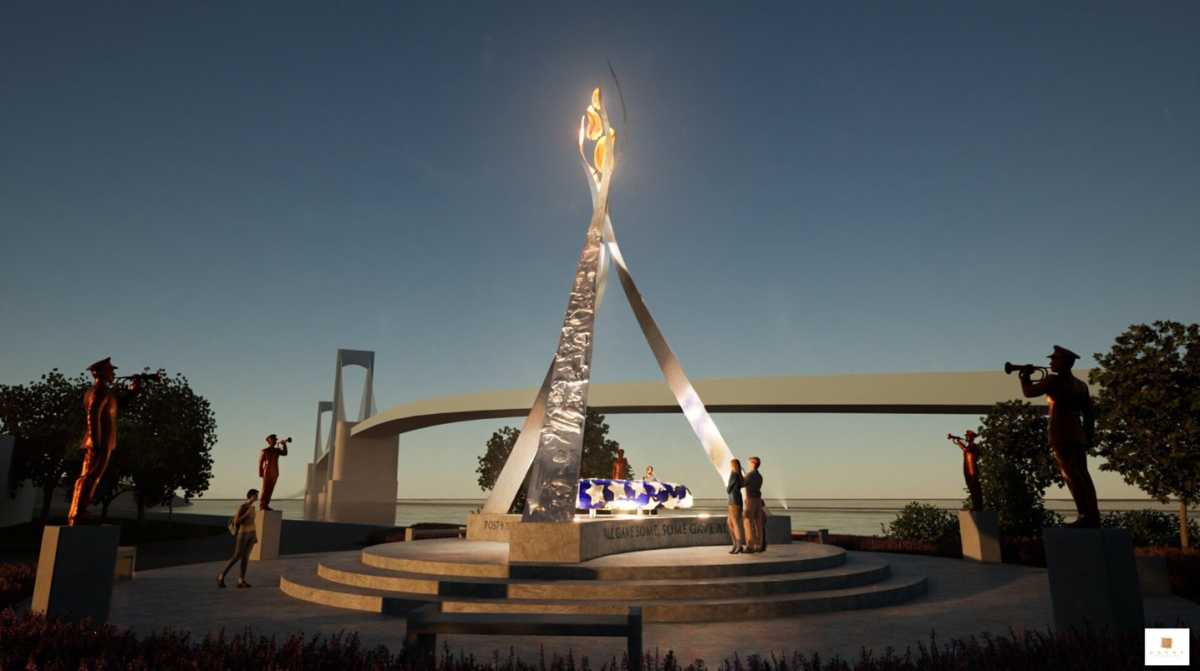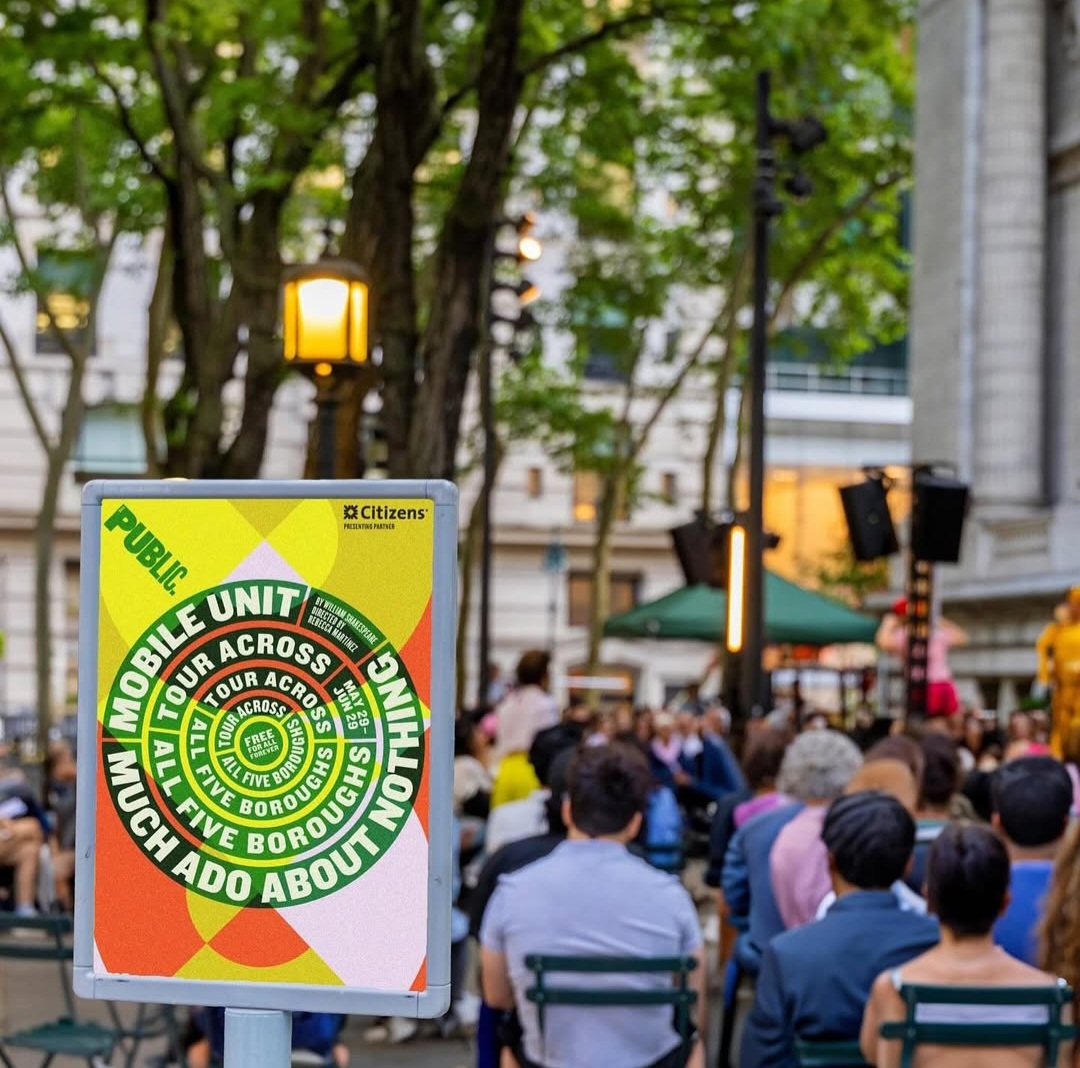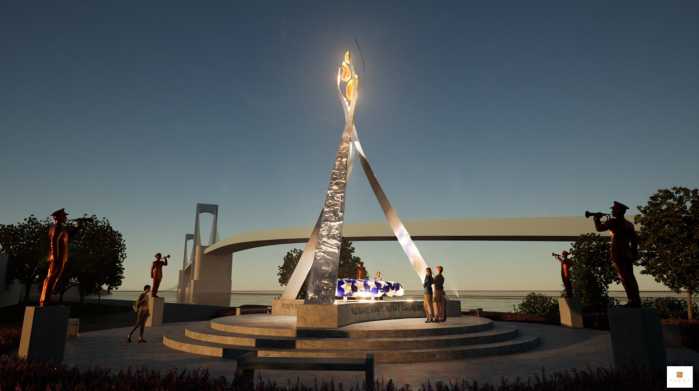By Sascha Brodsky
NYMEX decision means 8,100 jobs stay Downtown
Aug 9-22, 1994
The New York Mercantile Exchange officially merged with the Commodity Exchange and planned to move into Battery Park City, keeping 8,100 jobs in Lower Manhattan. They planned to begin work on a $225 million, 20-story tower next to the World Financial Center on Vesey St., and it was expected to be finished by 1997. It meant an estimated $115.5 million in annual tax revenues for the city and state. Mayor Guiliani was overjoyed that the Lower Manhattan skyline would be receiving a new addition, since it was “already ranked among the most famous sights in the world, our financial district will also boast the most advanced trading floor in the world.”
David Emil, president and C.E.O. of the Battery Park City Authority (currently, the president of the Lower Manhattan Development Corp.), couldn’t keep a smile off his face as he stood behind him — perhaps because the exchange planned to pay the B.P.C.A. $50 per square foot rent, totaling $1 million a year just for starters, and chip in for the upkeep of Hudson River Park. The exchange was to be divided into two divisions, NYMEX and COMEX. This merger was the world’s largest physical commodity exchange. The original site proposed was in Tribeca but the community resisted (a Whole Foods and condo buildings were eventually built instead); NYMEX president Daniel Rappaport claimed that in the end, it wasn’t community opposition that kept them away, but “agreement of consensus that led us to this site.”
Up until this point, the two components of the new exchange had been housed in Four World Trade Center since 1997. The building was erected by its projected completion date, but came in a few floors short at 16 stories.
Prepared by Helaina N. Hovitz



































